Apple’s latest creation, the iPhone Air, has set the tech world ablaze — not with louder specs or flashier gimmicks, but with its sheer elegance and minimalism. In an industry obsessed with adding more features, Apple has dared to subtract, crafting a device so refined it blurs the line between technology and art.
A Radical Vision of Simplicity
The iPhone Air is Apple’s thinnest smartphone ever — a mere 5.6 millimeters thick — yet it carries the power and precision expected of the brand’s flagship line. This isn’t just another incremental update; it’s a radical reimagining of what a phone can be. Apple’s design team has described the Air as “a conversation between material and function.” Every element — from the brushed titanium frame to the almost borderless display — serves a purpose, stripping away anything unnecessary.
The result is a device that looks and feels impossibly light, almost fragile at first touch. But under that delicate exterior lies the same level of engineering mastery that has long defined Apple.
Engineering the Impossible
To achieve such thinness, Apple re-engineered nearly every internal component. The new micro-stacked battery system curves around the phone’s internal frame, saving precious millimeters while maintaining power efficiency. A new cooling layer beneath the OLED display replaces traditional heat spreaders, keeping performance stable without adding bulk.
Even the camera system — a point of pride for iPhone users — has been completely rethought. Apple developed a “liquid lens” module that dynamically reshapes to mimic multiple focal lengths. Instead of cramming three bulky lenses into the rear casing, the Air uses computational photography to achieve similar results in a fraction of the space.
These innovations required more than clever design. Apple’s manufacturing partners had to develop new techniques to bend and polish titanium at ultra-thin tolerances. Internal wiring had to be rerouted in 3D layers, and even the haptics engine — responsible for the iconic “click” feel — was miniaturized to fit.
A Device That Feels Alive
When powered on, the iPhone Air feels less like a phone and more like a living piece of glass. The edge-to-edge OLED panel flows seamlessly into the titanium shell, making the screen appear as if it’s floating.
Apple’s latest chip, the A19 Fusion, drives this experience with astonishing efficiency. AI-based dynamic refresh rates adjust from 1Hz to 120Hz, saving battery while keeping the interface fluid. The new Neural Core supports real-time contextual understanding — meaning the phone anticipates what you’re doing before you tap.
This synergy between hardware and software gives the Air its unique personality. It doesn’t just respond — it resonates. Every touch, scroll, and gesture feels deliberate and alive.
The Tradeoffs of Purity
Of course, minimalism comes at a price. The Air sacrifices certain luxuries to achieve its paper-thin frame. Battery life, while respectable, lags slightly behind the bulkier Pro models. The absence of a traditional telephoto lens may disappoint photography enthusiasts. And the new heat dissipation system, while clever, can’t match the thermal performance of thicker devices during extended gaming or video rendering.
Yet for many, these compromises are philosophical rather than practical. Apple’s message seems clear: the Air isn’t for everyone — it’s for those who value beauty, form, and restraint. It’s a statement piece, a symbol of design purity.
Durability and Doubt
Skeptics have been quick to question the Air’s resilience. Can something so slim truly survive daily use? Apple insists it can. Engineers highlight the frame’s aerospace-grade titanium, impact-dampening glass, and flexible OLED substrate as key to its strength. Drop tests reportedly show the device absorbing shock more evenly than aluminum-based predecessors.
Still, doubts linger. No matter how advanced the materials, physics remains unyielding — thinner means less protection. Apple’s gamble lies not in ignoring this truth, but in trusting its craftsmanship to defy expectations.
A Philosophy of Restraint
More than a product, the iPhone Air represents Apple’s design philosophy at its most distilled. While competitors race to outgun each other with more cameras, higher refresh rates, and foldable screens, Apple appears to be asking a different question: “What happens when technology becomes invisible?”
By removing the excess, the Air turns the spotlight back to the essentials — touch, sight, sound, and emotion. It’s reminiscent of Apple’s earliest design ethos under Jony Ive, where form followed function so seamlessly that the two became indistinguishable.
Market Implications
From a business perspective, the Air could redefine the premium smartphone market. Its price point reportedly positions it above the standard models but below the Pro Max line — appealing to style-conscious users who don’t need professional-grade specs but refuse to settle for less.
The device may also push competitors to rethink their design priorities. Already, murmurs from within Samsung and Xiaomi suggest similar “design-first” projects are underway. If the Air succeeds, it could mark the start of a new era where elegance outweighs excess.
The Future of the iPhone Line
Industry watchers speculate that the Air’s innovations will cascade through future models. Apple’s new micro-battery design and flexible internal structures could become the foundation for upcoming devices — even wearables or foldables. In this sense, the Air might not just be a phone but a prototype of the next generation of Apple hardware.
It embodies a future where the boundaries between glass, metal, and intelligence blur — where the device disappears, leaving only the experience.
Conclusion: A Statement of Design Courage
The iPhone Air is not a phone for everyone — and that’s precisely why it matters. In a world where technology often feels bloated and soulless, Apple has created something that feels almost human. It’s an object of intent, purpose, and clarity.
Whether it becomes a commercial success or a cult favorite is beside the point. The Air challenges the industry to rediscover restraint — to remember that simplicity can still astonish. It’s not just thinner; it’s purer, quieter, and more daring.
In Apple’s relentless pursuit of minimalism, the iPhone Air stands as both a technological marvel and a philosophical statement — proof that in the race for more, sometimes the boldest move is to take less.

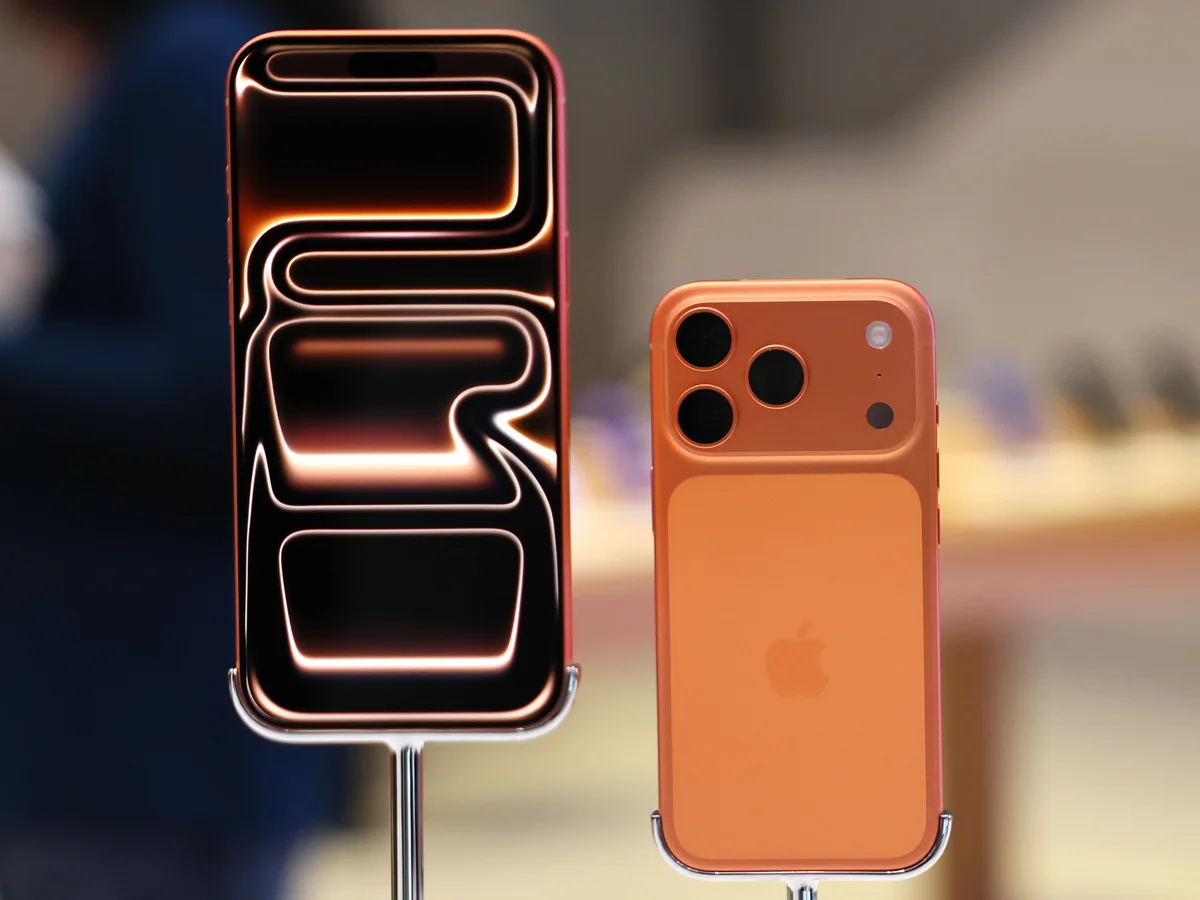

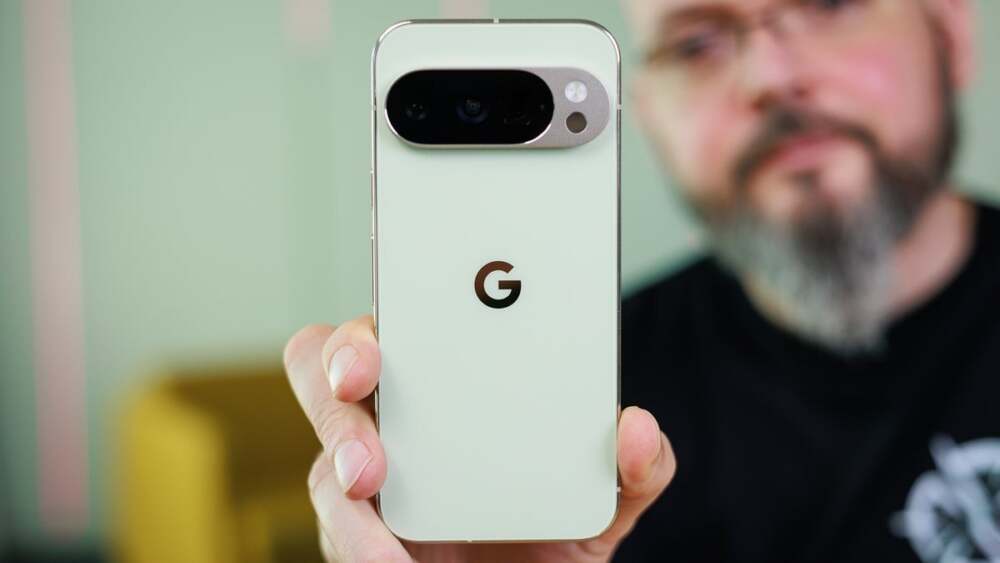

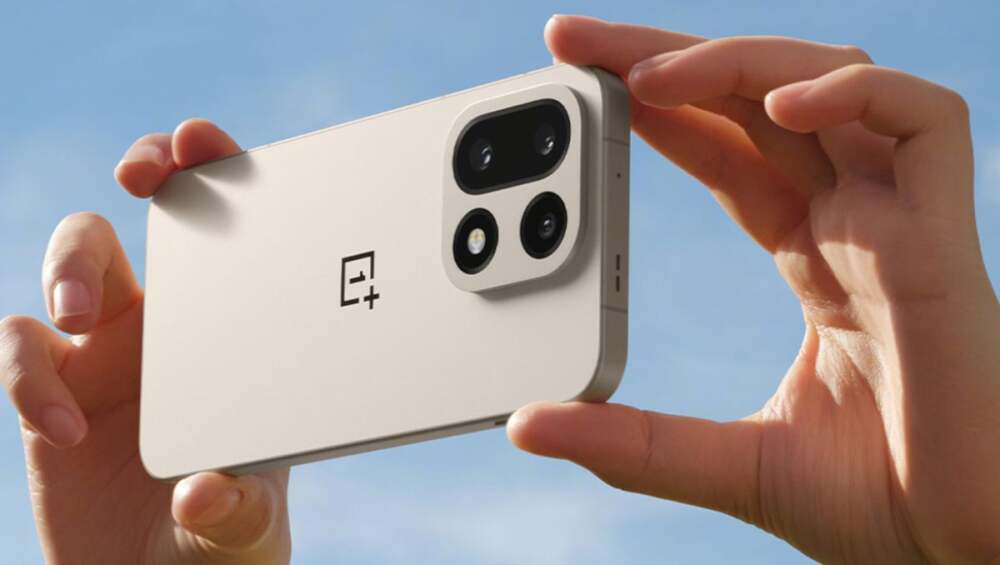


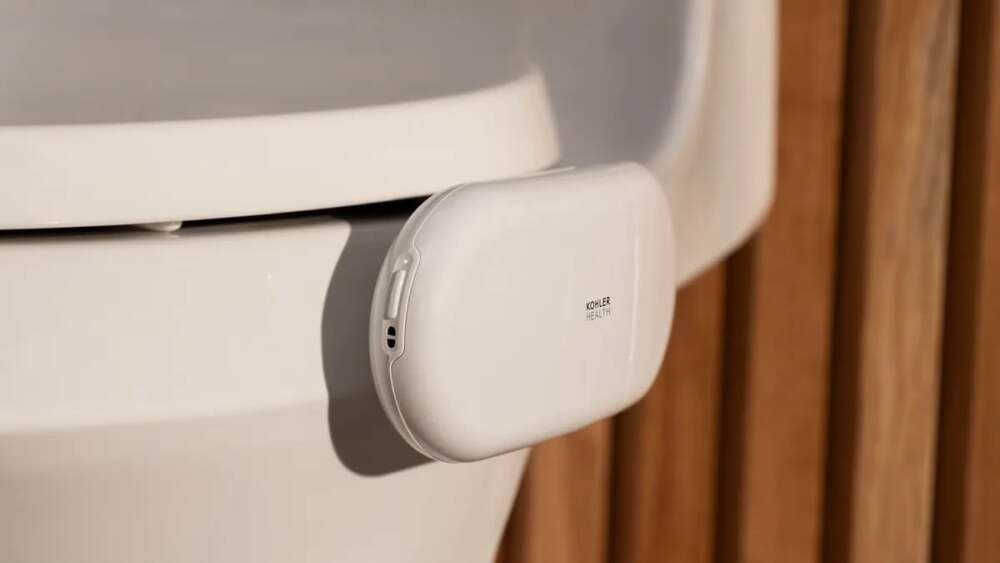


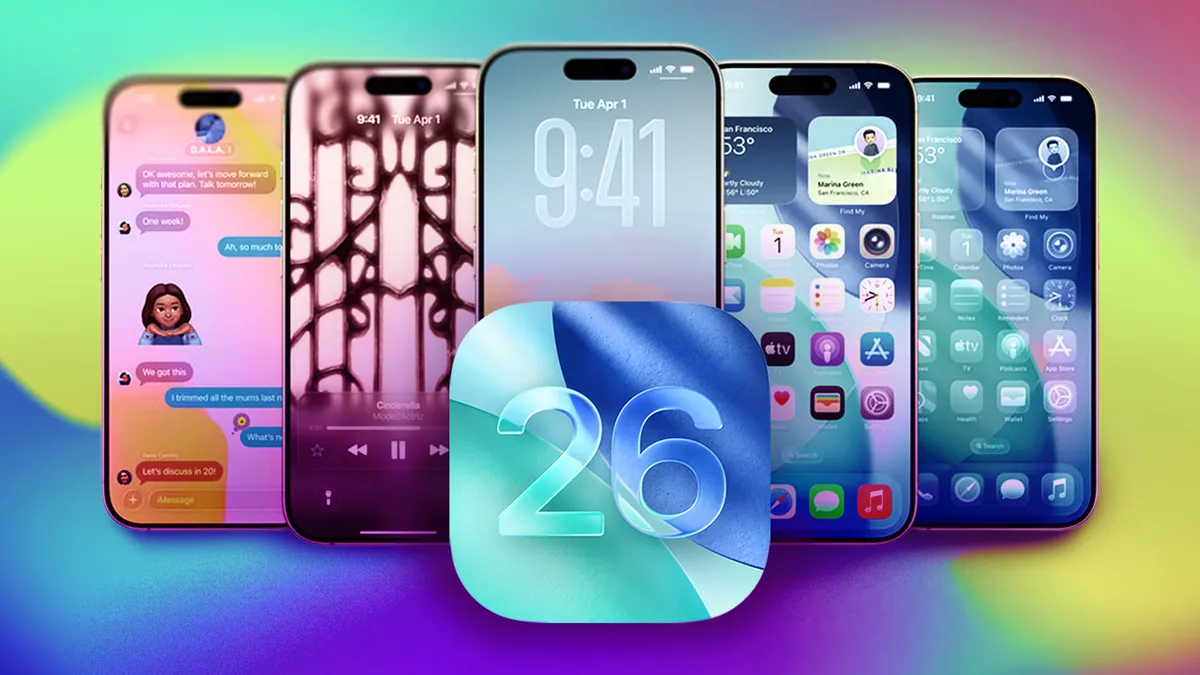



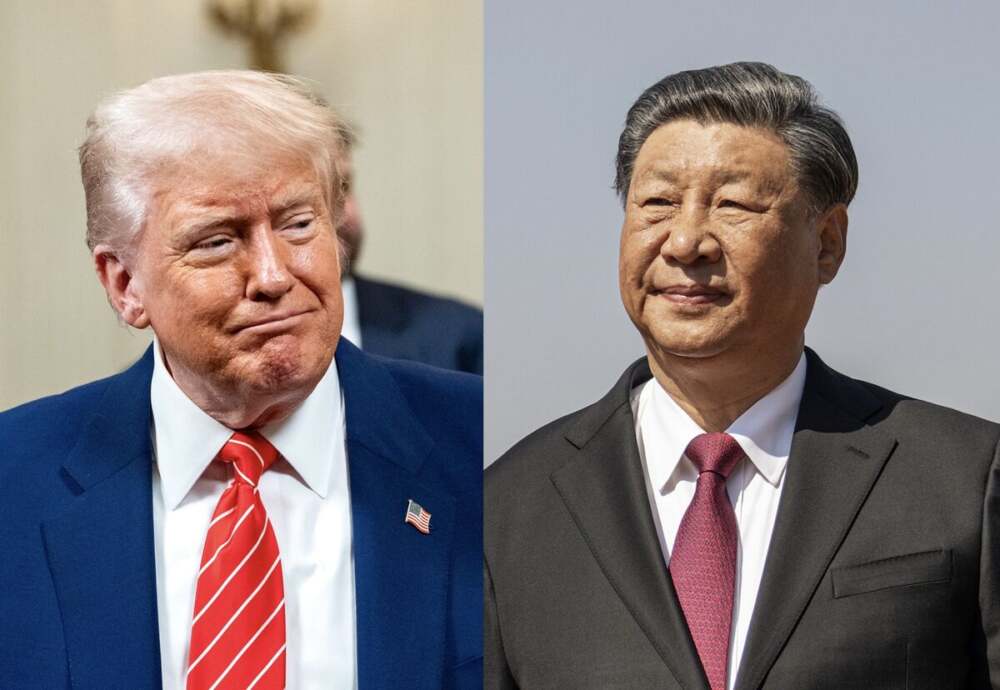
Leave a Reply